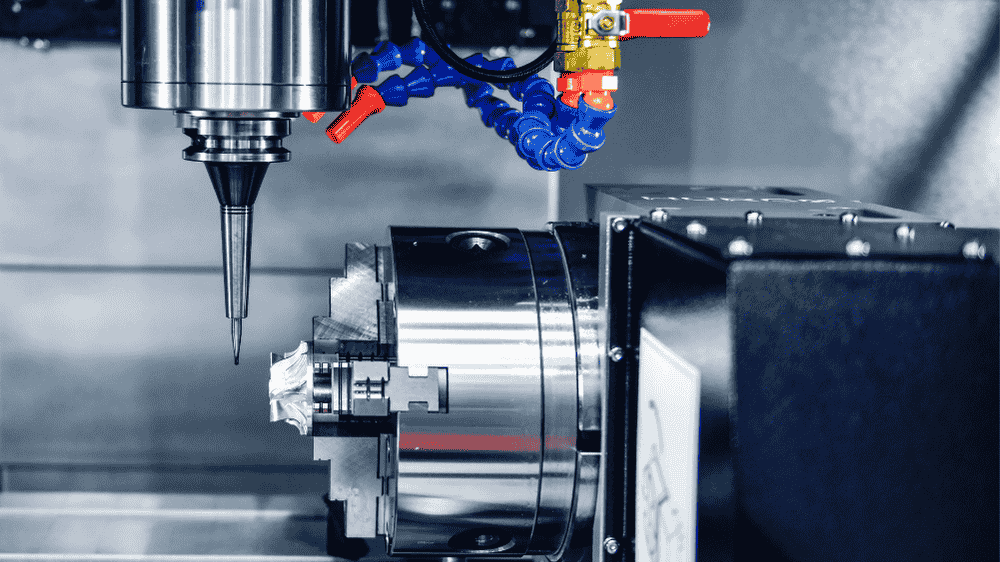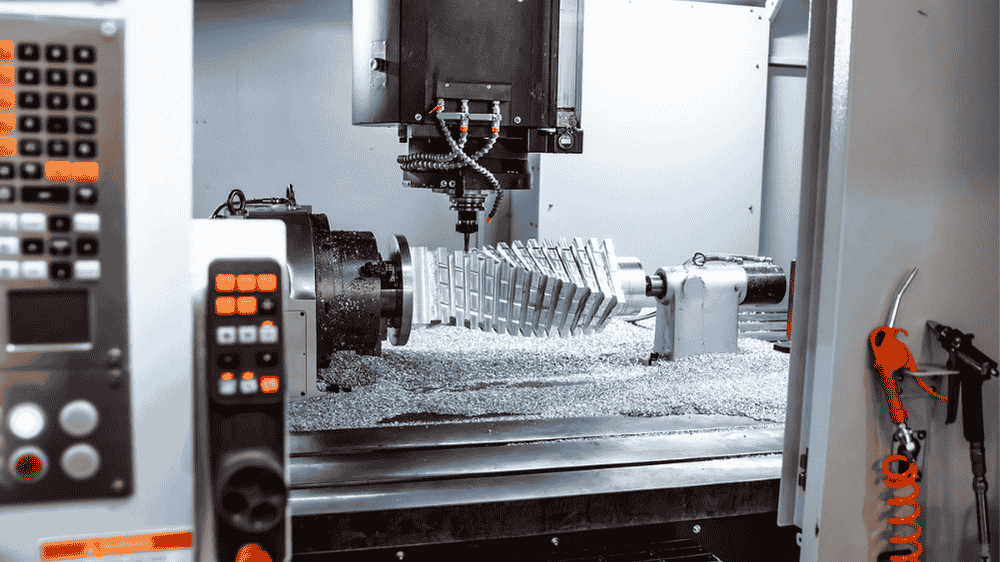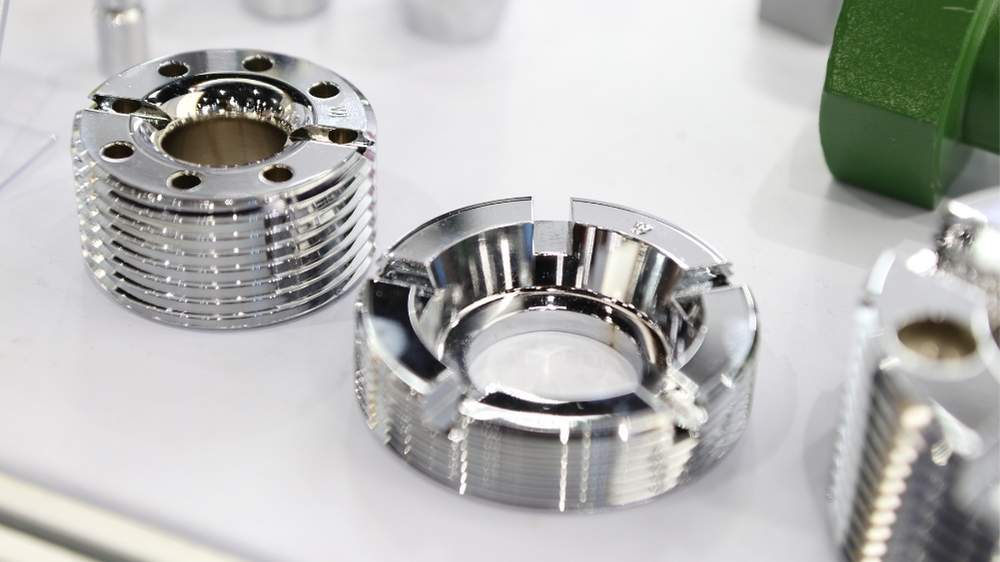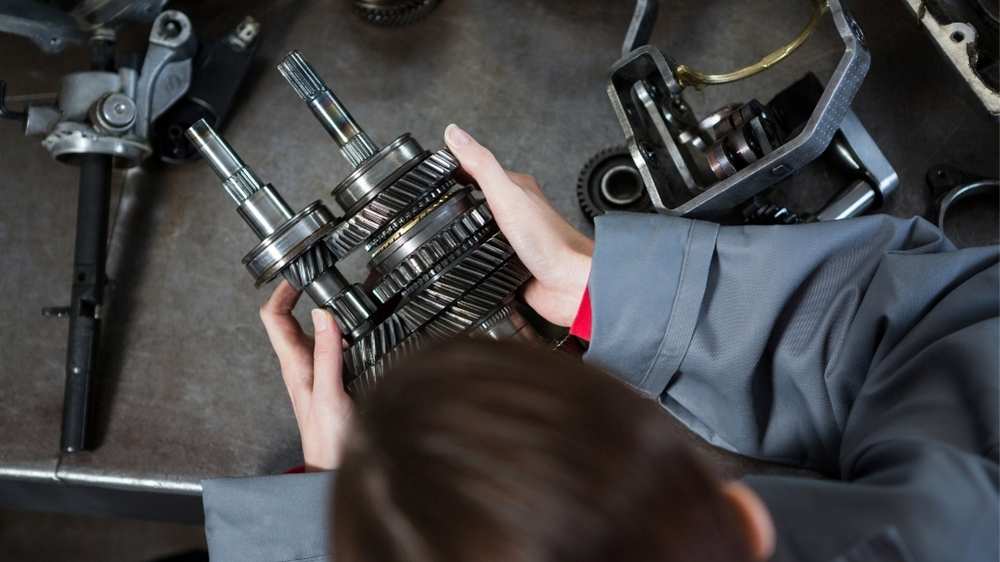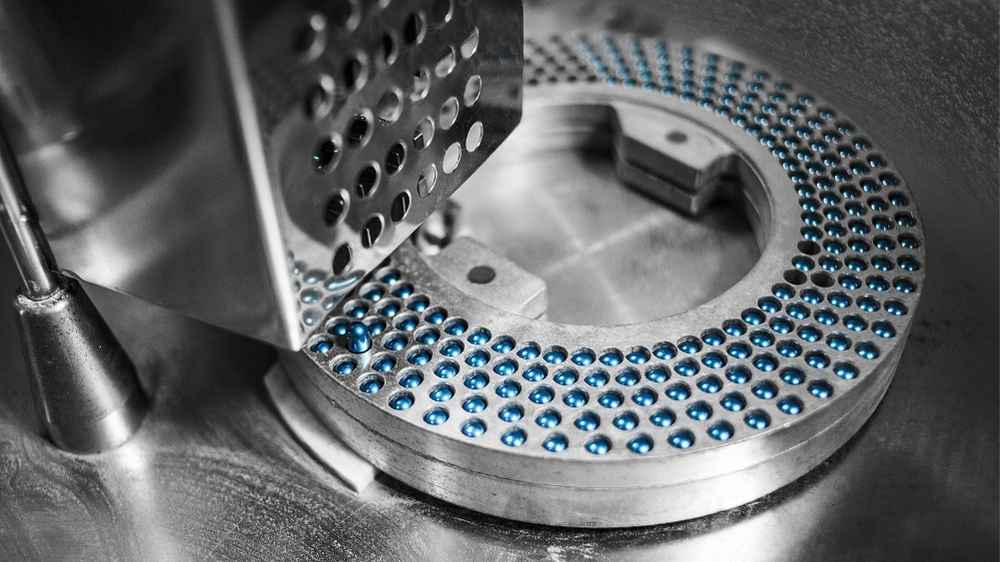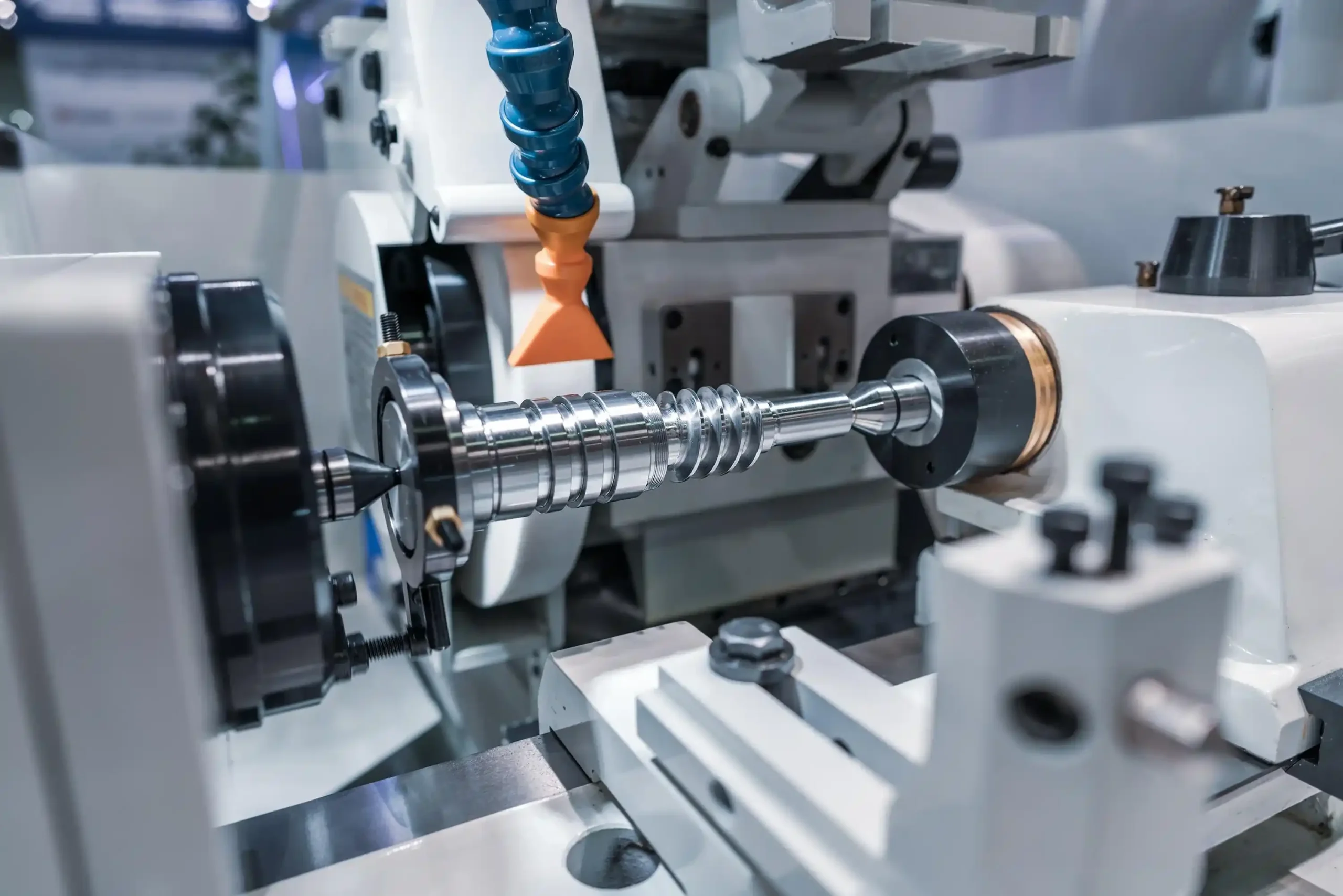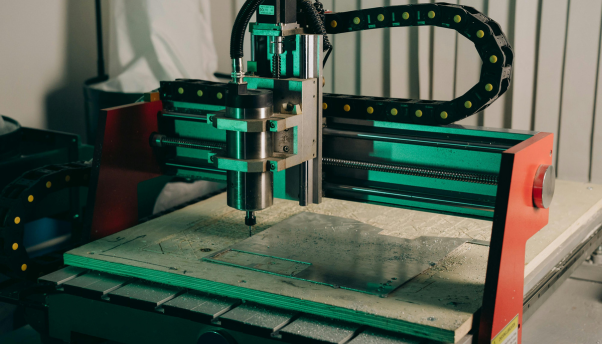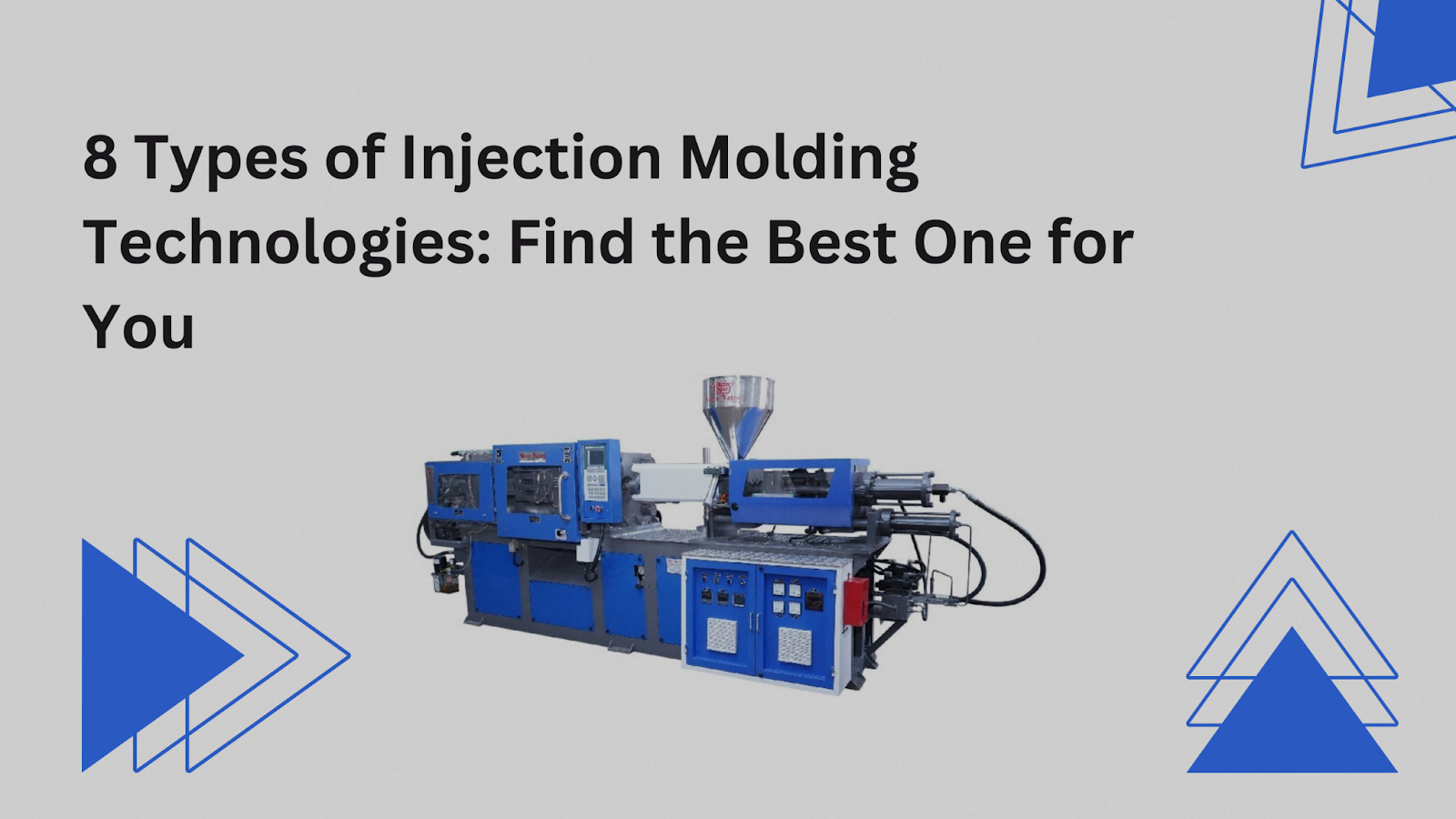In contemporary manufacturing, the perfect fit, along with operational excellence between parts, constitutes a crucial requirement. The process of precision machining guarantees the production of perfect products since it eliminates errors and long hours of delays. Through appropriate tools and technology, you can develop produce/parts that match and exceed exact specifications during every production run.
Precision CNC machining stands as a fundamental process. It enables business operations to become efficient. The aerospace, automotive, and medical sectors rely on performing parts to execute their business operations. Besides, it provides a dependable approach because it begins with fine attention to each detail. Your customers can receive flawless products through precision technology, which ensures reliable performance in every instance. Let’s take a deeper look at what is precision machinery, its importance, pros & cons, and useful tips.
What Is Precision Machining?
Precision machining is the process of generating precise, accurate parts that fall under tight tolerance requirements. It involves CNC machines to create exact cuts and shapes on materials because any small mistake will result in severe issues. No room for error. Precision machining provides you with components that achieve perfect fitment because of its high accuracy standards.
Moreover, it always produces identical high-quality results. It operates to maintain precise engineering of both engine components for high-performance use as well as medical equipment for delicate applications. Every part must operate perfectly because it ensures your peace of mind that all components function exactly as designed.
Importance of Precision Machining in Manufacturing Industries
In precision manufacturing companies, every detail counts. Take aerospace, for example. One incorrect mathematical calculation will result in a catastrophic outcome. The necessity of precision performance machinery exceeds all other options. The strict safety requirements are fulfilled by it so your products maintain safe and dependable operation.
Moreover, automotive and medical products follow the same strict requirements. You simply can’t afford mistakes. A slight misalignment in car engine parts will produce major problems in the future. Medical applications determine between life-saving outcomes and fatal consequences in healthcare environments. Clear part manufacturing techniques ensure perfect dimensions, which decreases failure probabilities. The precise manufacturing methods guarantee your business provides trustworthy products to customers each time.
Steps Involved In Precision Machining Process
Here are the common steps involved in precision machining.
Virtual Model Creation
A digital model or part blueprint is created as the initial process. Engineers apply CAD (Computer-Aided Design) software to generate precise designs of their parts. The created model serves as the processing reference for every stage of machining.
Converting CAD Model To CAM
After design completion the file transition occurs to a CAM (Computer-Aided Manufacturing) format. The CAM application generates programming code from CAD design information. The design specifications are fully followed by CNC machines.
Machining Set Up
Operators need to establish the precision machine setup before starting the manufacturing process. The technicians handle the material-loading process while they also perform workpiece fixation. The alignment and calibration steps are essential because they enable the operation to proceed with precision and smooth execution.
Execution
The machine executes the CAM instructions for part formation during the operational phase. The workpiece gets transformed into its desired shape and dimensions through material removal made by cutting tools. The operation receives continuous evaluation for precision reasons.
Completion
A final inspection of the manufactured part takes place after the machining procedures finish. The quality control process checks both dimensional standards and the operational functionality of the part. The required modifications and rework adjustments take place when needed.
Post Finishing
After forming the shape, the manufacturing process requires supplemental processes of surface polishing and protective surface coating. Surface finish quality and product durability are improved through these finishing procedures. The final inspection confirms that every specification is fulfilled and makes the part suitable for its intended use.
What Are The Types of Precision Machining Technology CNC?
Let’s take a look at various options for precision machining:
Multi-axis CNC Machining
Multi-axis CNC machining produces precise manufacturing results through axis operations of 3, 4, or 5. It enables fabricating parts with multiple curved angles through a single operational sequence. The technology uses a single setup to minimize setup requirements, therefore decreasing production expenses and time requirements. The process works optimally when industries need precise manufacturing of complex shapes with minimal production turnover.
CNC Milling Machines
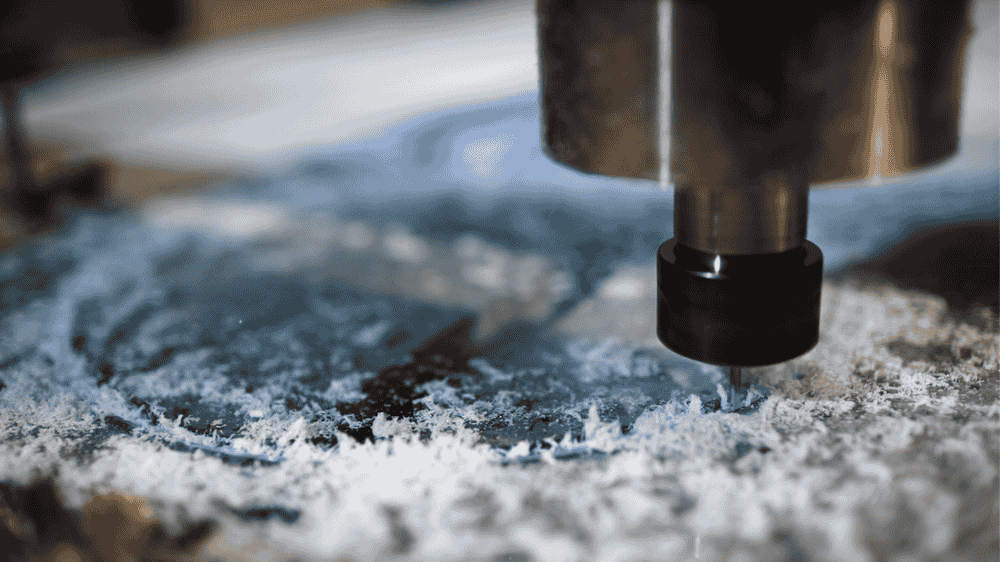
The material shaping during CNC milling operations depends on rotating tools. The machine operates across various planes to generate distinctive surface contours and flat sections. It delivers outstanding results when manufacturing parts with strict specifications and sophisticated designs. Generally, manufacturers in aerospace and medical fields and automotive industries typically use precision technology due to inch-perfection achievements.
CNC Turning
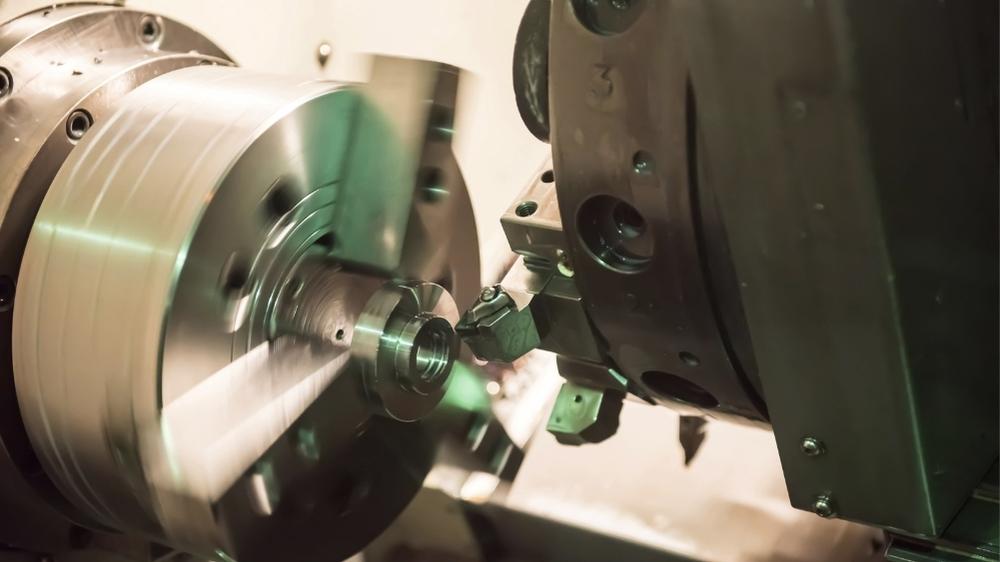
During CNC turning, the workpiece rotates as a fixed cutting tool forms its shape. The process allows the production of precise cylindrical items, including shafts and rings. It demonstrates high versatility because it can execute complicated drilling and boring tasks. The combination of CNC turning produces top-quality components because it delivers refined surfaces and maintains precise part dimensions.
CNC Laser Machines
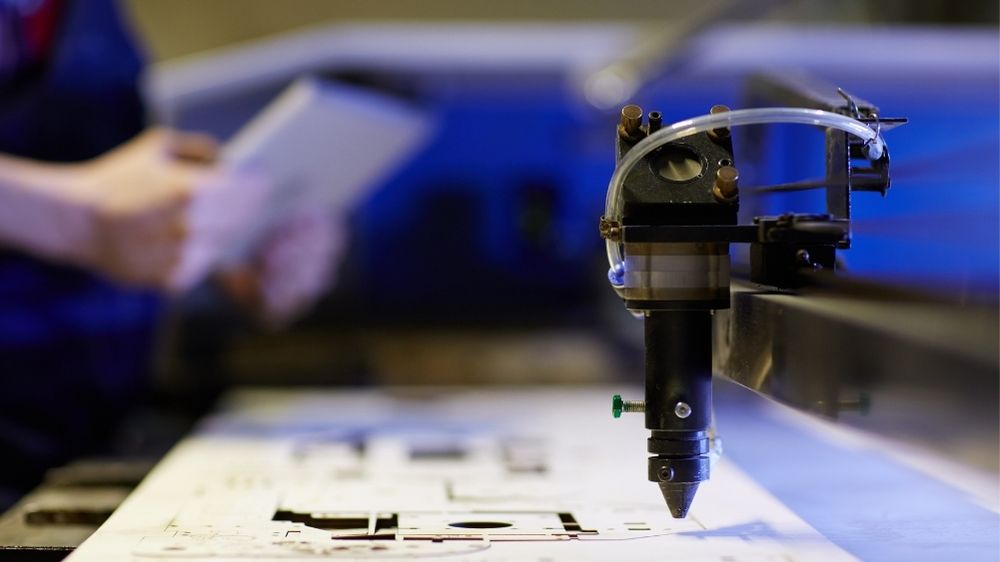
CNC laser machines perform material cutting and engraving functions. These operate by focusing laser beads. It creates extremely neat, near to exact cuts that function in fragile and thin materials. Moreover, the technology works best for processing materials that include metals together with plastics and wood. CNC laser machines exhibit high precision, which generates small amounts of waste while producing excellent design quality.
CNC Drill Presses
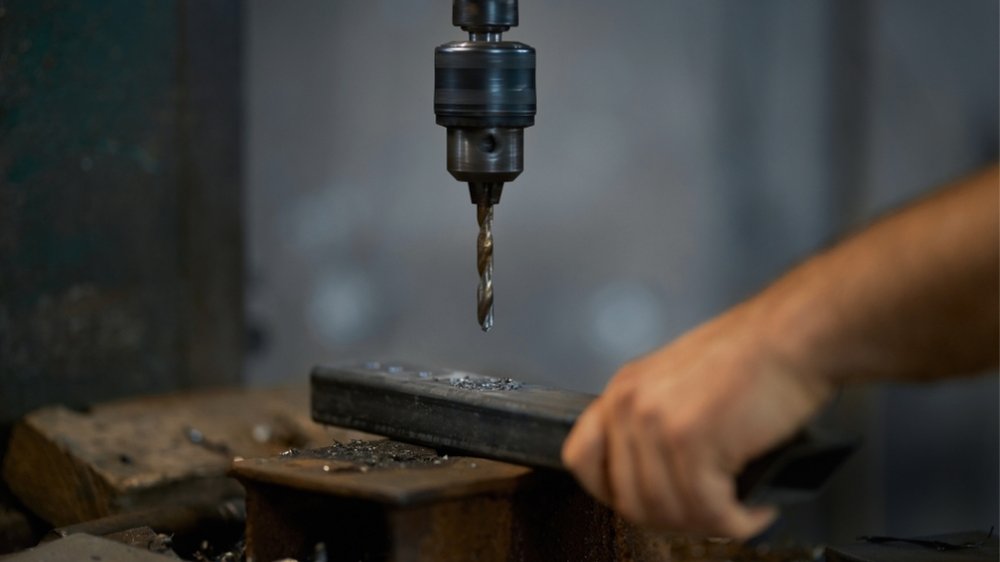
The CNC drill presses operate automatically through precise mechanisms. This equipment produces exact holes of different patterns and dimensions in a reliable manner. CNC control active drill presses prevent human mistakes during operation so they can place holes accurately and maintain appropriate depths. Beyond that, it delivers optimal performance when used to produce uniform components in large quantities.
Precision Grinders
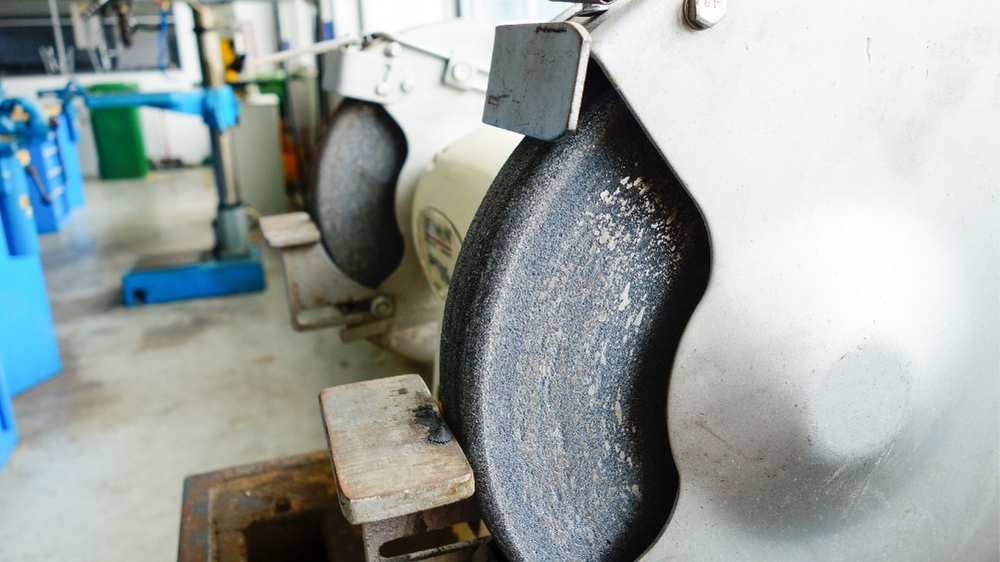
Surface smoothing is achieved through the use of rotating abrasive wheels on precision grinders. The technology provides outstanding finish quality and small dimensional limitations essential for small-scale production sectors. It works best for components that need either high-level smoothing with a polished finish or tight, exact dimensions. Precision grinding serves tools and shafts, as well as various components that demand exceptional surface integrity specifications.
Electrical Discharge Machining (EDM)
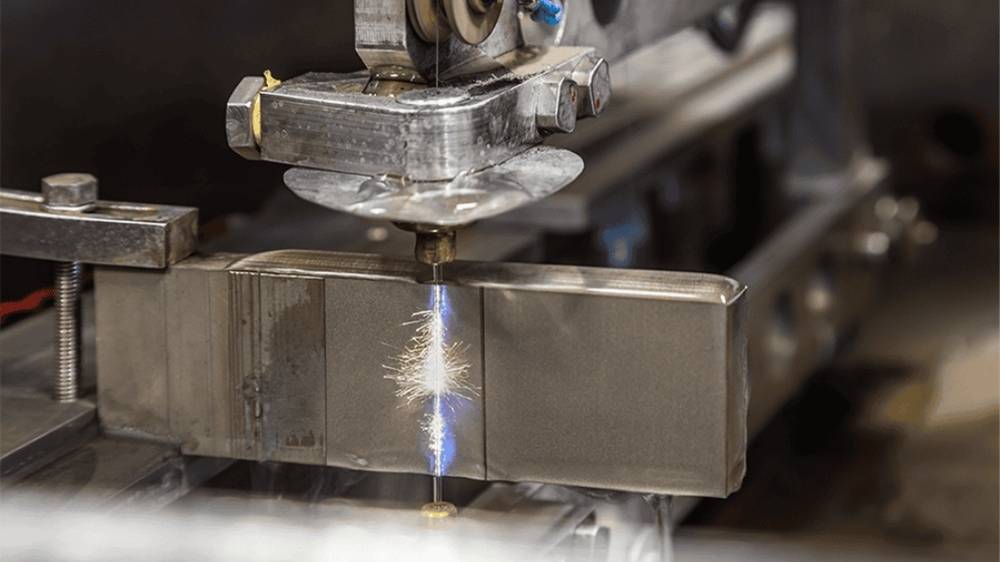
A workpiece receives material removal through EDM technology by utilizing electrical sparks. It specializes in cutting hard metals and producing hard-to-make delicate shapes that standard machining tools cannot achieve. EDM provides remarkable accuracy during operations. Therefore, it finds widespread use in mold fabrication together with die sinking and meticulous production processes. Complex shapes present no issues since it delivers clean, precise cuts.
Swiss Machining
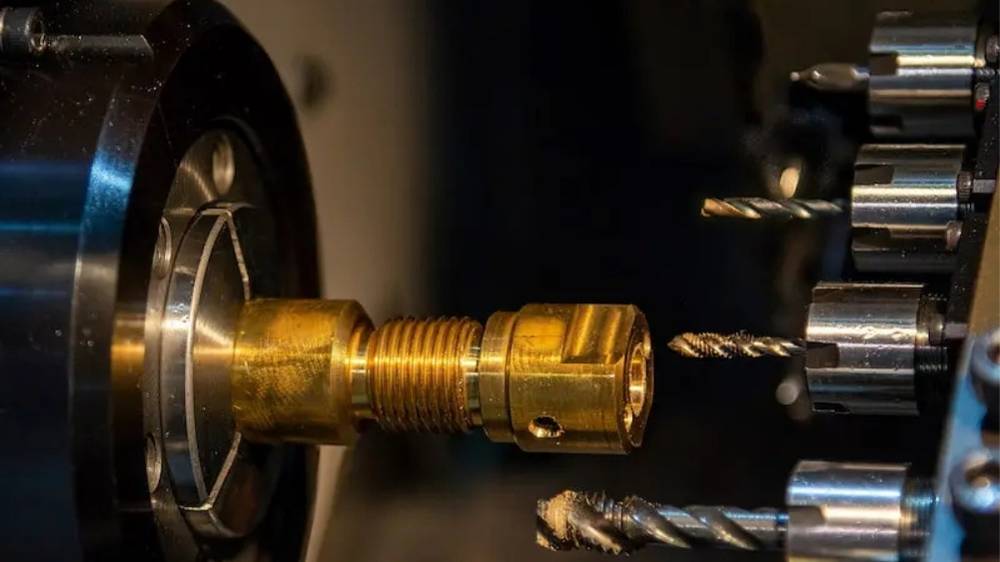
Swiss machining offers exceptional results for producing tiny yet exact components with intricate geometries. The workpiece and tools initiate parallel motion through the sliding headstock mechanism, which provides top-precision outcomes. Small batches of medical devices, watch components, electronic devices, and enclosures commonly incorporate swiss turning. The technology is ideal because it enables quick production at tight tolerances and high speeds.
Mill Turning CNC Centers
A CNC mill-turning center performs operations from both milling machines and turning machines integrated into one system. A single setup allows these machines to carry out rotating and non-rotating procedures. The efficiency of operations improves because mill-turning centers minimize the requirements for tool changes and multiple production setups. Such machines deliver precise manufacturing of detailed parts in shorter production cycles.
How To Select the Right Precision Machining Technology?
Choosing the right precision machinery technique can be a daunting task. But don’t fret, here are some useful suggestions to choose the right precision machining technology.
1. Consider Part Complexity
Determine how complex your manufacturing part currently is. Shapes requiring precision and close dimensional limits should be machined using multi-axis machines and EDM systems. Simple part shapes require CNC turning or milling machines as a sufficient solution.
2. Material Type
The specific production process you select must match the material for effective manufacturing. For example, when working with titanium and superalloys, you can select EDM or precision grinding techniques. Plastic or aluminum materials operate best with CNC milling and laser cutting machines for efficient machining.
3. Tolerance Requirements
The precision level of your components should be identified before the start of fabrication. When your specifications demand micron-level tolerances, you can consider precision grinding, EDM, and Swiss machining as convenient options. CNC turning or milling processes prove more financially beneficial for production tolerances that fall outside of strict requirements.
4. Production Volume
Pre-plan the number of parts your operation must create. When dealing with large production volumes, CNC milling and turning offer efficiency and cost-effectiveness. Because Swiss machining and multi-axis CNC systems balance precision requirements with operational flexibility, they are suitable for generating medium to low volume production runs.
What Are The Benefits & Limitations of Precision Machining
Pros
1. Consistent Quality
Every component produced through precision machining turns out identical to its predecessors. The process reliability produces products with fewer manufacturing flaws. So, ultimately, it decreases product mistakes and minimizes corrective work.
2. Faster Turnaround for Complex Parts
The machining enables complex parts to finish production through fewer runs when compared to conventional methods. The production process becomes quicker for complex parts with complicated designs.
3. Reduce Material Waste
When using precision CNC machining, the material gets shaped to precise measurements that cut down on material loss. Working with expensive materials becomes more economical through precision manufacturing because of its exact specifications cutting.
Cons
1. High Initial Setup Costs
The process tends to incur higher expensive machinery and tooling equipment. The initial installation expenses can be significantly high unless you need standard equipment to manufacture small quantities of parts.
2. Limited to Certain Material Types
The versatility of precision machining exists except for cases requiring work on extremely hard metals as well as composites. Specialized tools, along with specific processes, will require additional time and cost for implementation.
Materials Compatible with CNC Precision Machining Parts
| Material Type | Grades | Precision Machining Parts Made |
| Aluminum | 6061, 7075, 2024 | Aircraft components, automotive parts, heat exchangers |
| Stainless Steel | 304, 316, 17-4PH | Medical devices, fasteners, pump components |
| Titanium | Ti-6Al-4V, Ti-5Al-2.5Sn | Aerospace parts, medical implants, marine components |
| Brass | C36000, C28000 | Electrical connectors, valves, musical instruments |
| Carbon Steel | A36, 1045, 4140 | Machine parts, automotive components, gears |
| Alloy Steel | 4130, 4340, 8620 | Aerospace components, automotive parts, tools |
| Plastics (e.g., PEEK, Nylon) | PEEK, Nylon 6, Acetal | Medical devices, consumer products, electrical components |
| Copper | C11000, C14500 | Electrical wiring, heat exchangers, connectors |
| Magnesium Alloys | AZ31, AZ91 | Aerospace components, automotive parts, electronics housings |
| Ceramics | Al2O3 (Alumina), ZrO2 (Zirconia) | Cutting tools, electrical insulators, medical components |
Applications of Precision Machining In Different Industries
Here are common industries benefiting from Precision machining:
1. Automotive Industry
Durable and effective car components, including pistons and cylinder heads, require precise machining techniques. The technique also makes battery housings and motors for electric vehicles possible. In addition, it enables vehicles to run with improved smoothness as well as efficiency, which reduces vehicle deterioration.
2. Aerospace Industry
Precision machining transforms aerospace components, such as turbine blades and landing gear, because these parts must endure intense stress. The system guarantees perfect alignment and safe operation since flight safety demands it. Modern aircraft production benefits from this technology because it enables companies to create fuel-efficient, lightweight vehicles that maintain strength.
3. Electronics Industry
Precision machining produces tiny electronic components like connectors, casings, and other parts used in electronic devices. Each component obtains flawless positioning through precision techniques that guarantee the optimal functionality of phones, computers, and wearable digital devices. The precise production process is crucial for developing dependable gadgets of superior quality.
4. Medical Industry
Every tool and medical implant within the healthcare field requires exact dimensions for patient safety to remain intact. The fabrication process of surgical tools and implants demands precision standards for achieving their final product specifications. The correct operation of all medical devices depends on precision because healthcare demands fundamental requirements.
Future Parts Manufacturing: Your Reliable CNC Precision Machining Service Provider
Future Parts specializes in delivering high-quality CNC machining services that serve diverse industries. Our facility handles 40 plastic and metal materials to provide parts with high precision and manages intricate designs and strict tolerance requirements. We deliver parts promptly since our processing time reaches 1-3 days, which allows you to obtain necessary components at the right moment.
Scalability in production ranges from prototyping to small-batch manufacturing to full-scale production where Future Parts delivers swift, dependable and budget-friendly solutions to all their clients. Submit your designs right now to start working with precision machining services that match your precise requirements.
Summary
This article covers detailed information about precision machining including its fundamental concepts as well as potential uses. The machining process starts with virtual model creation, then continues through CAM conversion and setups for machining operations, and executes production followed by post-finishing steps. Moreover, CNC technologies, including multi-axis machining, CNC milling, and EDM, have their unique pross and cons. Besides, the article has given guidelines on selecting appropriate machining technologies that depend on elements including part difficulty, material composition, and manufacturing requirements. It is advisable to consult with experts before commencing precision machining production.
FAQ’s
Q1. What’s the difference between CNC milling and CNC turning?
CNC milling uses rotating tools to cut material, which is perfect for complex shapes. CNC turning rotates the workpiece while a stationary tool cuts, ideal for cylindrical parts.
Q2. What materials can be used in precision machining?
Precision machining works with metals like aluminum, steel, and titanium, along with plastics and ceramics, depending on the part’s requirements.
Q3. What tolerance can CNC machining achieve?
CNC machining can achieve tolerances as tight as ±0.01 mm, ensuring high precision for critical parts.

